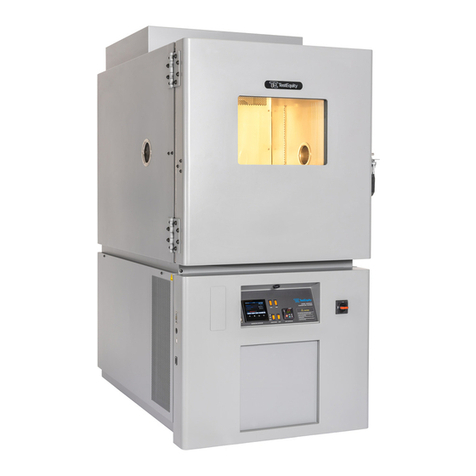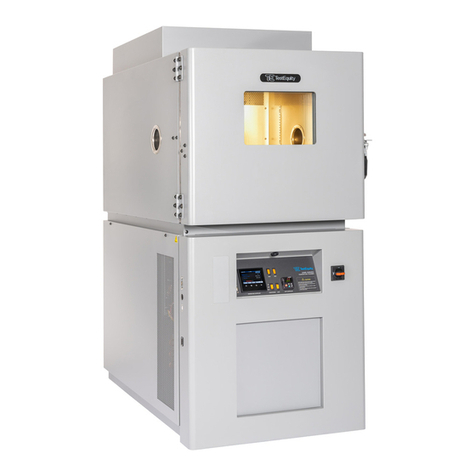
Table of Contents
Chapter 1 – Safety Instructions________________________________________________ 1-1
Introduction ____________________________________________________________________1-1
Installation Safety Notices _________________________________________________________1-1
Operation Safety Notices __________________________________________________________1-2
Chapter 2 – Installation ______________________________________________________ 2-1
Uncrating_______________________________________________________________________2-1
Preparation For Use ______________________________________________________________2-1
Installation Location _____________________________________________________________2-2
Condensate Drain ________________________________________________________________2-2
Input Power Configuration ________________________________________________________2-3
Overview_____________________________________________________________________________ 2-3
Voltage and Phase Configuration __________________________________________________________ 2-4
Connection to the Power Source ____________________________________________________2-5
Chapter 3 – Operation _______________________________________________________ 3-1
Introduction ____________________________________________________________________3-1
Summary of Chamber Operation ___________________________________________________3-1
Front Panel Switches and Lights____________________________________________________3-2
Main Disconnect Switch _________________________________________________________________ 3-2
CONDITIONING Switch – ON Mode ______________________________________________________ 3-2
CONDITIONING Switch – EVENT 1 Mode _________________________________________________ 3-2
Light Switch __________________________________________________________________________ 3-3
Heat Light ____________________________________________________________________________ 3-3
Cool Light ____________________________________________________________________________ 3-3
Loading the Chamber ____________________________________________________________3-4
Port Plugs ____________________________________________________________________________ 3-4
Performance Considerations ______________________________________________________________ 3-5
Avoiding Moisture _____________________________________________________________________ 3-5
Internal Test Fixtures ___________________________________________________________________ 3-5
Chamber Relief Vent ___________________________________________________________________ 3-6
Chapter 4 - Temperature Controller ___________________________________________ 4-1
Introduction ____________________________________________________________________4-1
Security Features_______________________________________________________________________ 4-1
Temperature Controller Keys and Displays __________________________________________4-2
Main Page ______________________________________________________________________4-3
Static Set Point Control (Manual Operation) _________________________________________________ 4-3
System Enable Function _________________________________________________________________ 4-4
Profile Programming _____________________________________________________________4-5
Step Types____________________________________________________________________________ 4-5
How to Program a New Profile ____________________________________________________________ 4-7
Programming Hints _____________________________________________________________________ 4-8
Profile Key ___________________________________________________________________________ 4-8
How to Start a Profile ___________________________________________________________________ 4-8
How to Hold/Resume a Running Profile____________________________________________________ 4-10
How to Terminate a Running/Holding Profile _______________________________________________ 4-10
How to Delete or Re-Name a Profile ______________________________________________________ 4-10
How to Edit a Profile __________________________________________________________________ 4-11
Profile Examples ______________________________________________________________________ 4-12
Digital Event Outputs____________________________________________________________4-13
Digital Output Connections______________________________________________________________ 4-13
Event Board Option ___________________________________________________________________ 4-13
Operations Page ________________________________________________________________4-14
Setup Page _____________________________________________________________________4-14
Factory Page ___________________________________________________________________4-15

































